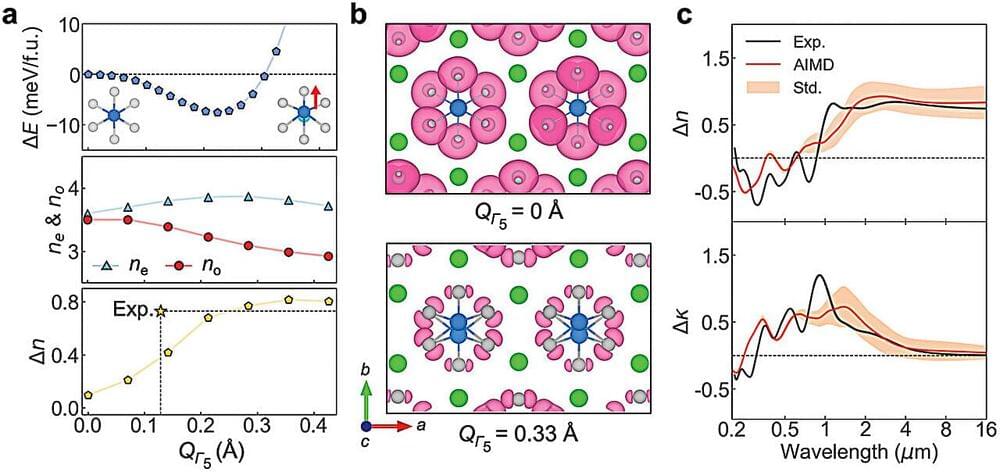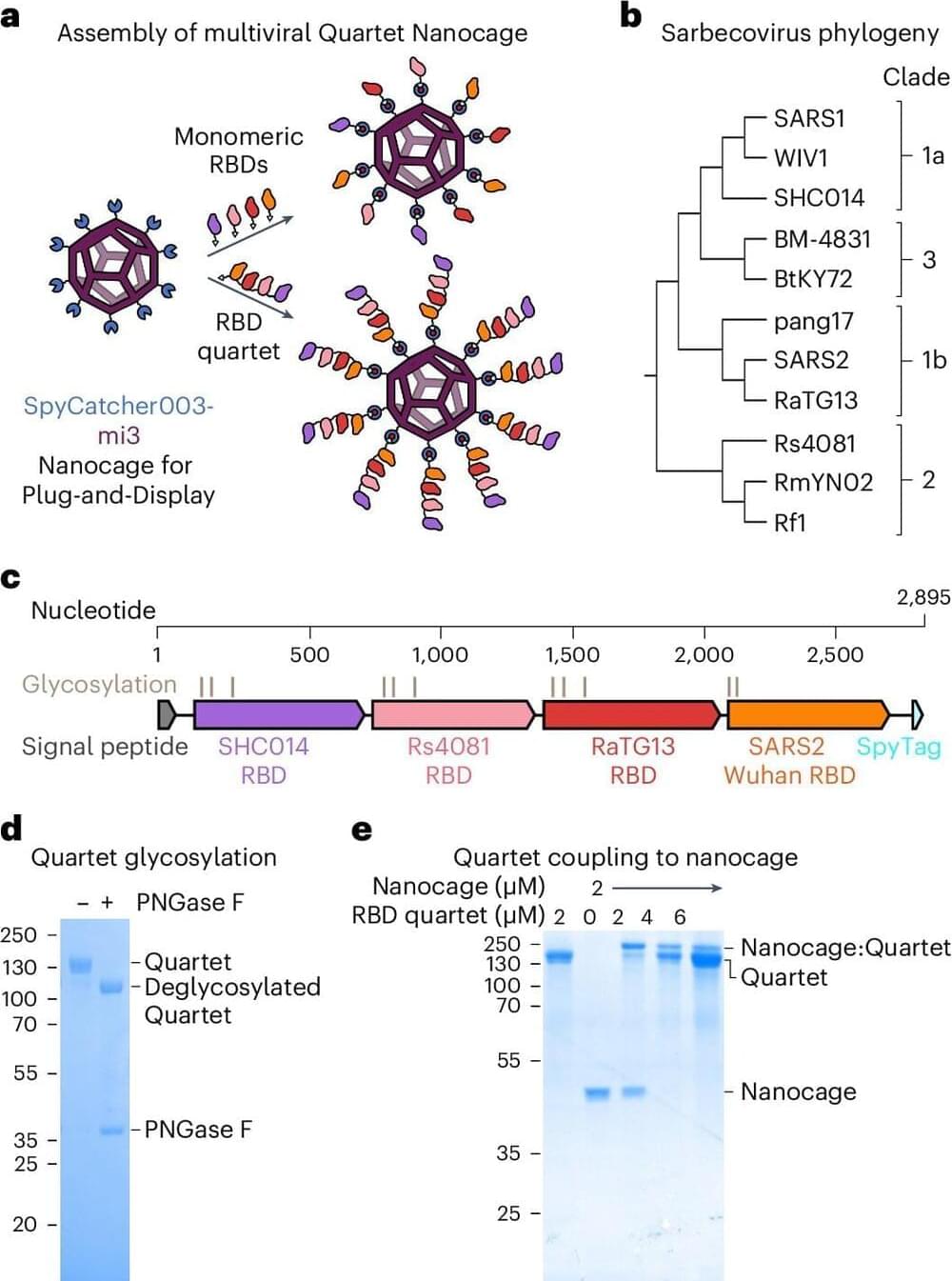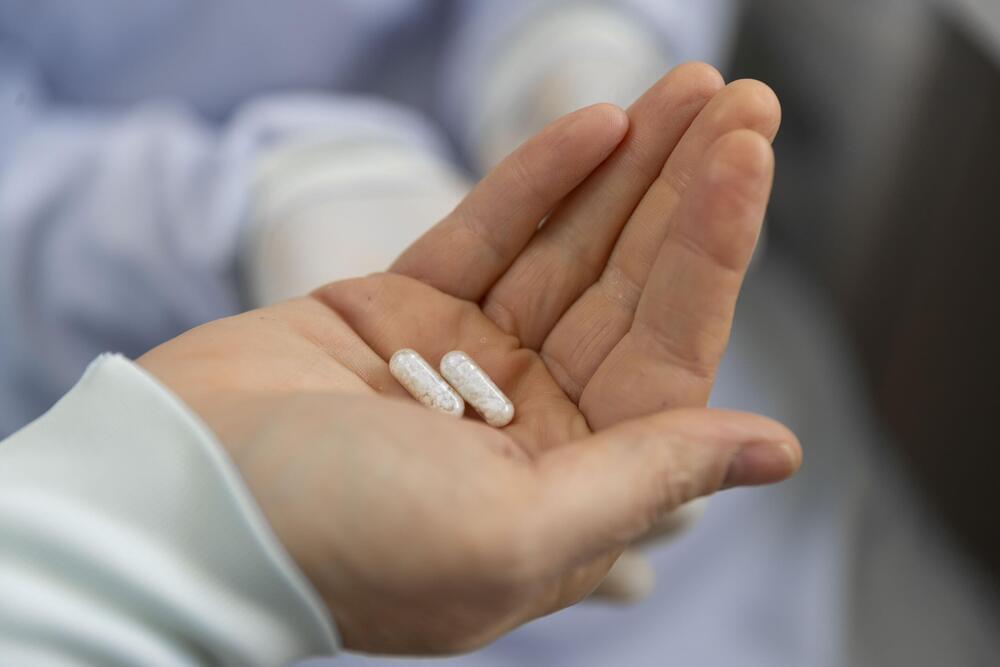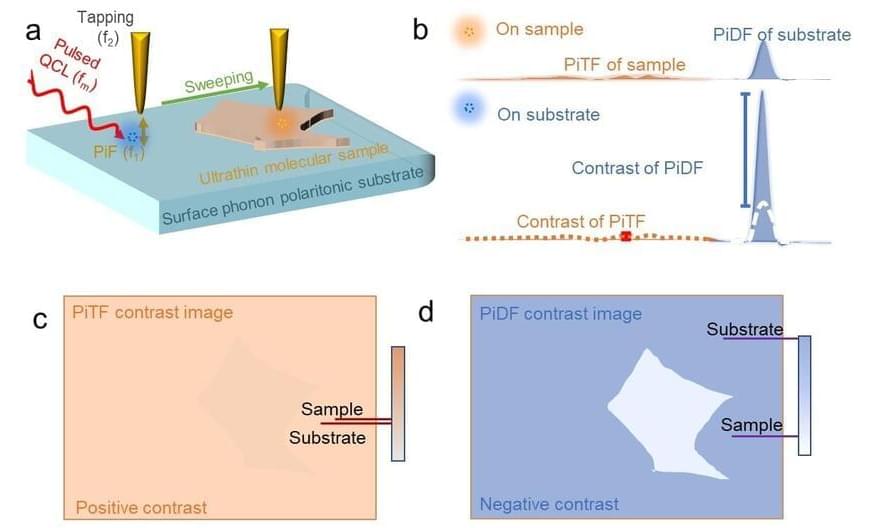While we usually think of disorder as a bad thing, a team of materials science researchers led by Rohan Mishra, from Washington University in St. Louis, and Jayakanth Ravichandran, from the University of Southern California, have revealed that—when it comes to certain crystals—a little structural disorder might have big impacts on useful optical properties.









